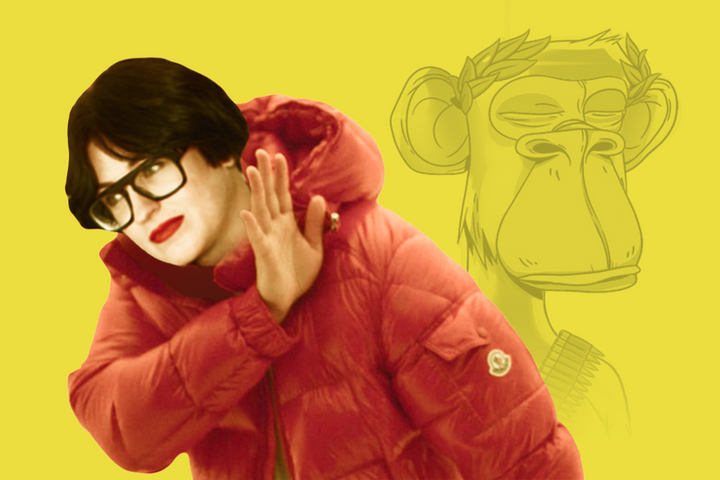Andrea Misiano - Boring Art Yacht Club

The Bored Ape Yacht Club NFT collection burst into the mediatic landscape and became a pop cultural phenomenon nearly overnight. Like most of these collections, it was originally created as a club, uniting members with mutual interests. However, these common interests still remain unclear.
It does not seem interesting to analyze the explosive success of the BAYC project especially since the real marketing work behind the drop remains completely opaque, although it undoubtedly deserves its fair praise. The NFT sector has been actively flirting with the museum community, who in turn finds the claim to artistic value problematic for these unsophisticated, even kitsch, drawings, sometimes generated drawings, of monkeys that are sold for incredible amounts of money. The Guardian quickly reacted to this phenomenon, publishing an article by Jonathan Jones with the accurate title of “The Bored Ape NFT craze is all about ego and money, not art.”
However, no amount of criticism, considering the incomprehensible profits made by the BAYC founders prevented the authors of the project from further developing visual representation. It resulted in installing a megalomaniacal inflatable sculpture of a monkey smoking a cigar on a pier in Miami, during one of the city’s art events, which horrified Jerry Saltz himself. Despite his repeatedly manifested loyalty to the NFT phenomenon, the Pulitzer Prize winner dedicated an Instagram post to this “masterpiece” with the caption “I guess art can get as bad as this by Bored Apes Yacht Club.” When it comes to art, even in the 2020s, the most dangerous thing is not its radicalism, nor its borders and limits, but the ability of pop culture projects to promote bad taste and draw enormous attention to obviously untalented images for the benefit of the wealthy and hooked-on-the-hype buyer. As Jones commented: “The Bored Ape boom, however, should put an end to any romanticism about NFT art. It puts the consumer experience first and has absolutely nothing to do with empowering artists. It's all about the collector's ego.”


